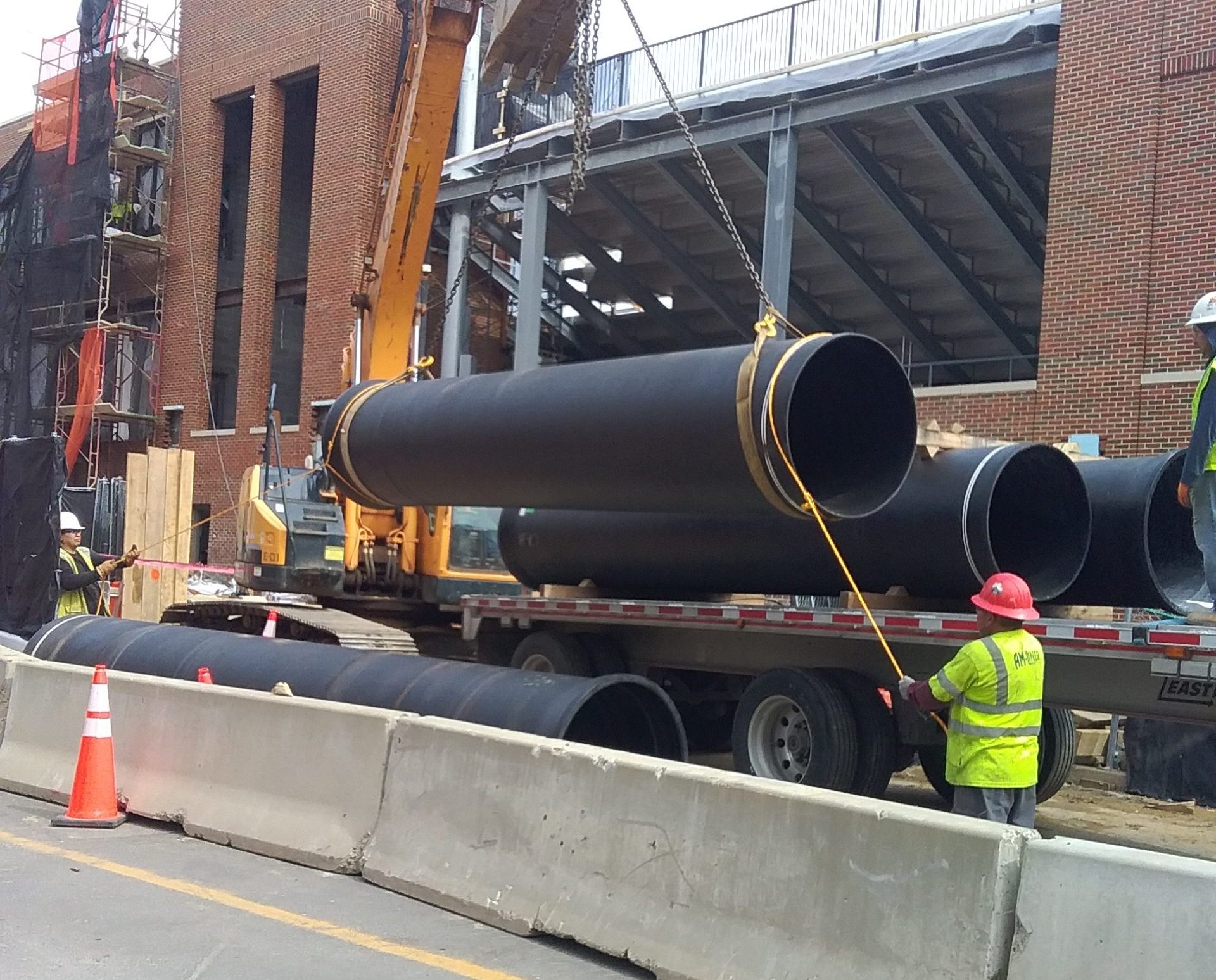Project
Georgetown University
Worked within stringent schedule and helipad operations while relocating steam and condensate facilities spanning to GU Hospital.
More Details
Georgetown University East/West Project
Project Overview
The Georgetown East/West project required relocation of steam and condensate facilities to allow for the installation of a new roadway through the University Campus and construction of a new state-of-the-art Medical/Surgical Pavilion with helipad and a three-level underground parking garage at the MedStar Georgetown University Hospital.
Georgetown East/West campus had a steam loop and distribution system. We isolated a section of the system north of the college and south of Georgetown Hospital.
PipeWay effectively coordinated with all Stakeholders to manage the stringent schedule, campus restrictions and protection of existing critical underground infrastructure. The project was completed with several crews working long hours and without utility strikes.
Unique Challenges
- This three-phase project encompassed areas spanning from the west side of the campus to the center of campus adjacent to the new facility. Each phase of construction necessitated specialized maintenance of traffic plans to limit impeding traffic flow, including vehicle traffic, pedestrian traffic to the campus, hotel and conference center, and the hospital.
- Helipad traffic was relocated to allow for steam manhole work on the existing pad. Stop work orders and processes were developed to effectively manage planned and unplanned arrival/departure of helicopters near worksite.
Project Timeline
October 2019 -April 2020
Project Value
$3 million
Additional Details
- Surveyed existing mechanical room and manhole conditions.
- Identified the presence, location, and type of abandoned or live utilities by test pitting.
- Scalable drawings with elevations provided to identify and design optimal pipe route.
- Wood timber shoring, I-beam/lagging were used up to 14 feet deep to allow for safe working conditions.
- The scope of work expanded when existing deteriorated piping was identified requiring replacement.
- Piping installed and welded to comply with ASME B31.1 code standards and passed x-ray inspections.
- This system ran at high pressure and exceeded 100 PSI.

